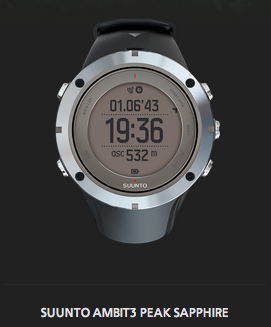The Zen of HR
 Monday, February 16, 2009 at 7:05PM
Monday, February 16, 2009 at 7:05PM I was just replying to a client about how to use a HR monitor and thought it would make for a useful blog post. I know there's lots more to HR than just this, but I've found it to be good guidelines to most people.
Using a HRM (heart rate monitor) is like looking in a funny mirror. It's a reflection of work, but not a true estimate of the work itself. (Zen's finger pointing at the moon kind of stuff.). It's a measure of your body's reaction to work.
Ok, so knowing this, a HRM is actually useful. The wrong thing to do is to force yourself to work out and follow the HRM like a religion. People get in a nasty habit of saying, "I'm going to run and stay at 135 bpm no matter what!" That's bad. You're body's reaction to that workout can vary wildly on lots of factors, most of which I'll describe in a bit.
What's good is knowing that "Easy" is around 135 bpm (for you) and looking at your HRM on occasion to confirm that you are around and about that number. This takes quite a bit of working out to get a feel of what HR "Easy" and "Hard" should feel like and discover your normally corresponding HR values. This is called "perceived exertion" or "PE".
Now, when you go out for an easy run and your HR is strangely high, this could mean that you're just plain fatigued and need a rest day. If you go out for a hard run and your HR is strangely low and you don't feel right, that means that you are bonking or dehydrated. See? You don't use your HRM to dictate your workout. You simply use it to tell you if things are right or wrong. You should already have a plan for your workout as far as how hard to go using PE.
I would enjoy more input on this. Simple methods and ideas are best.
















